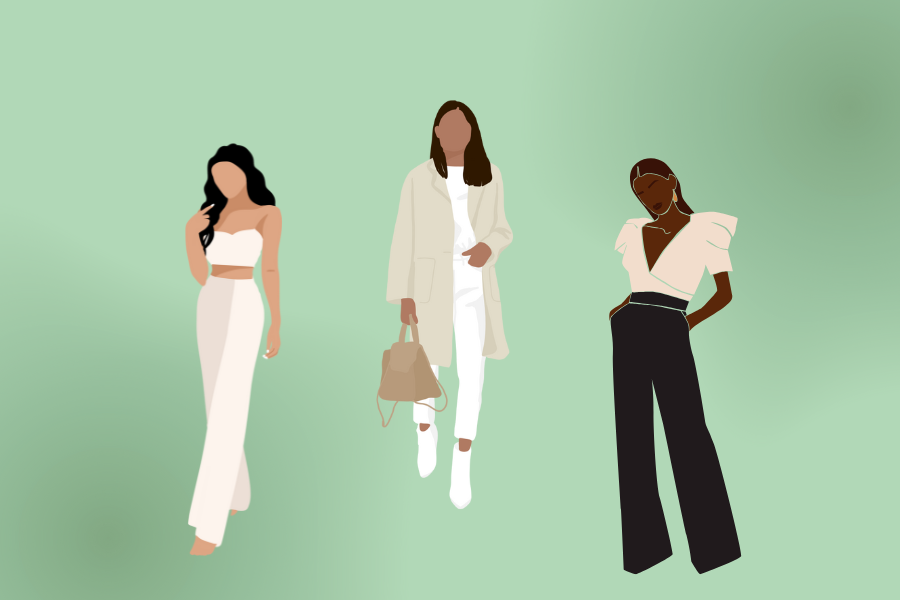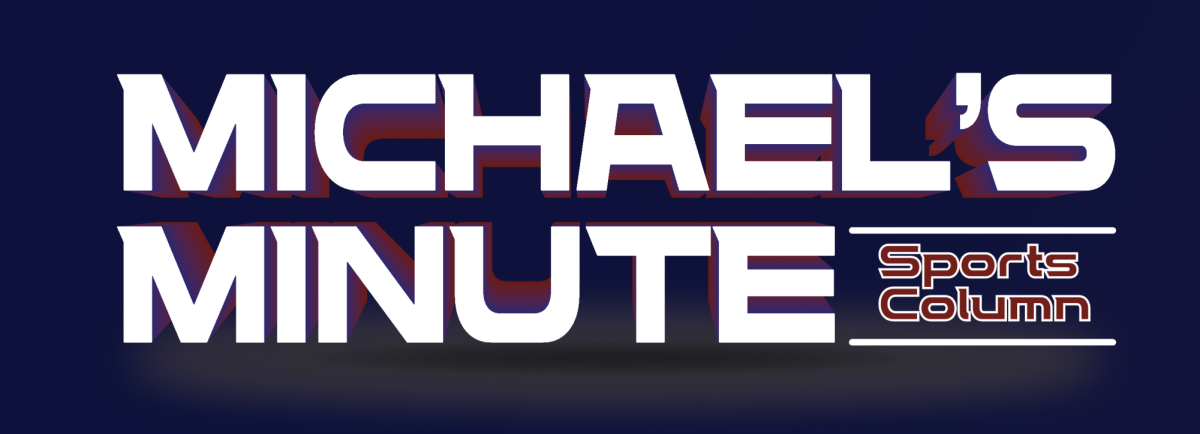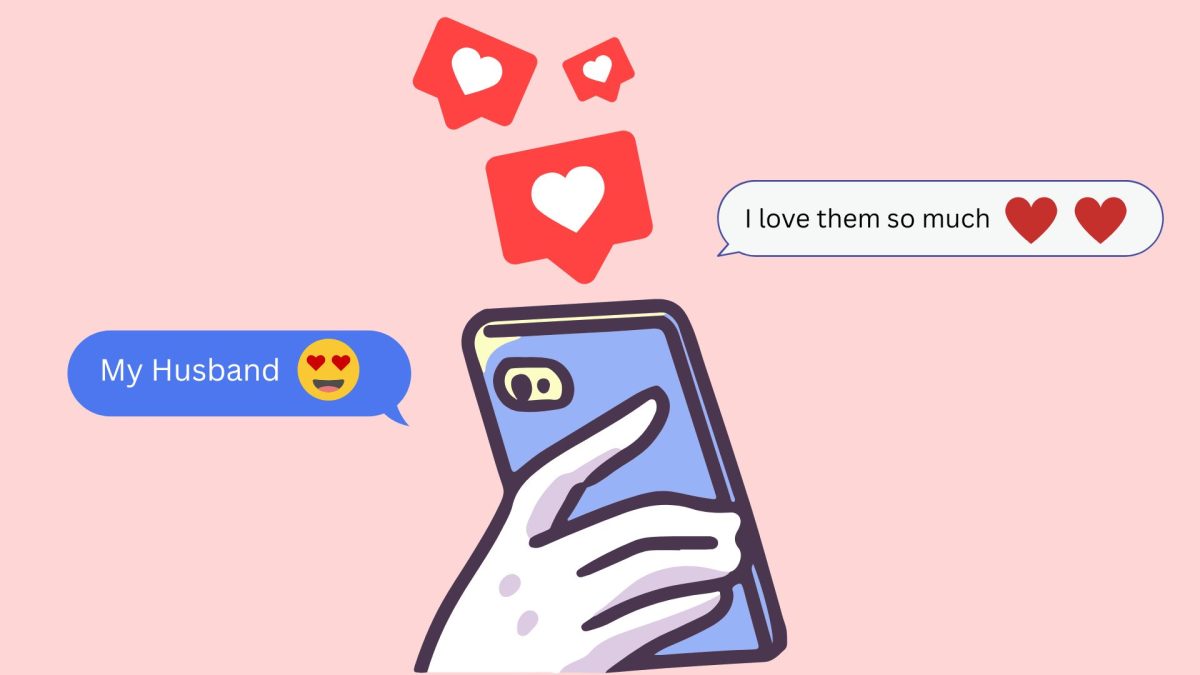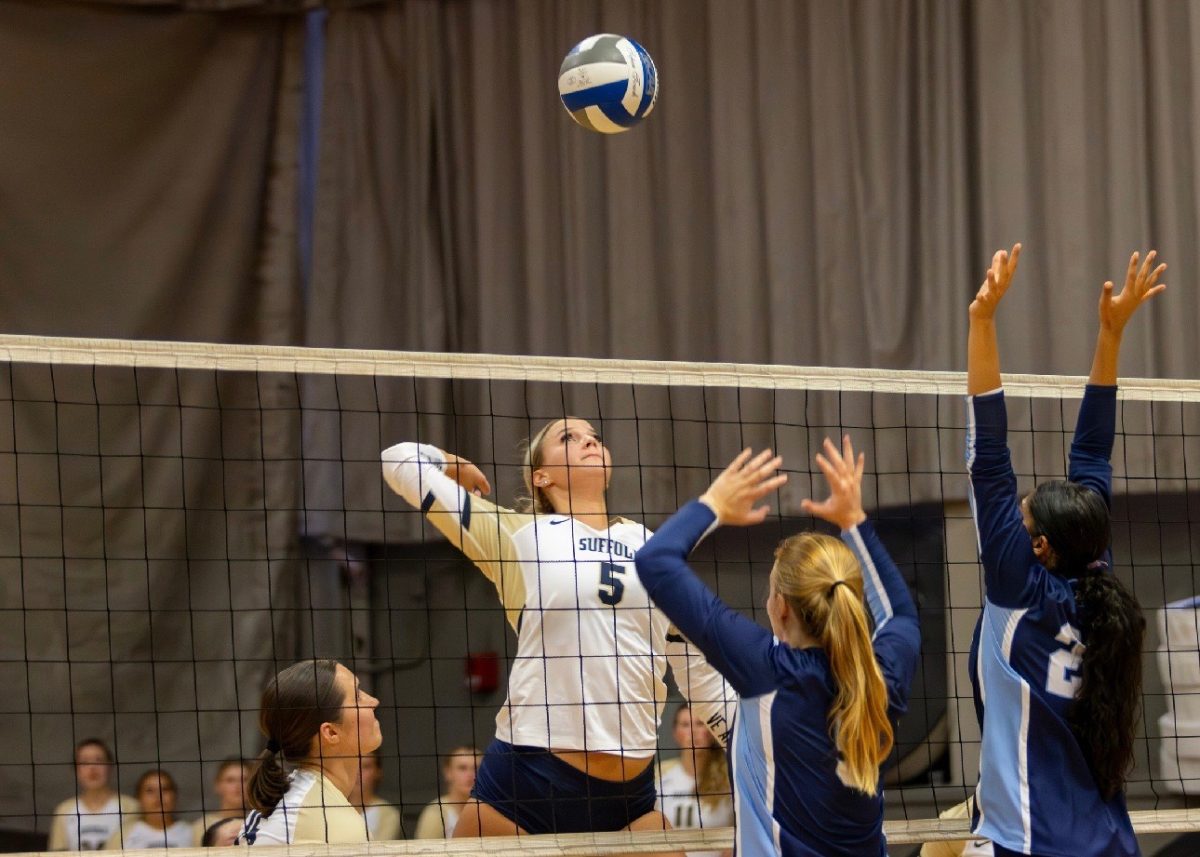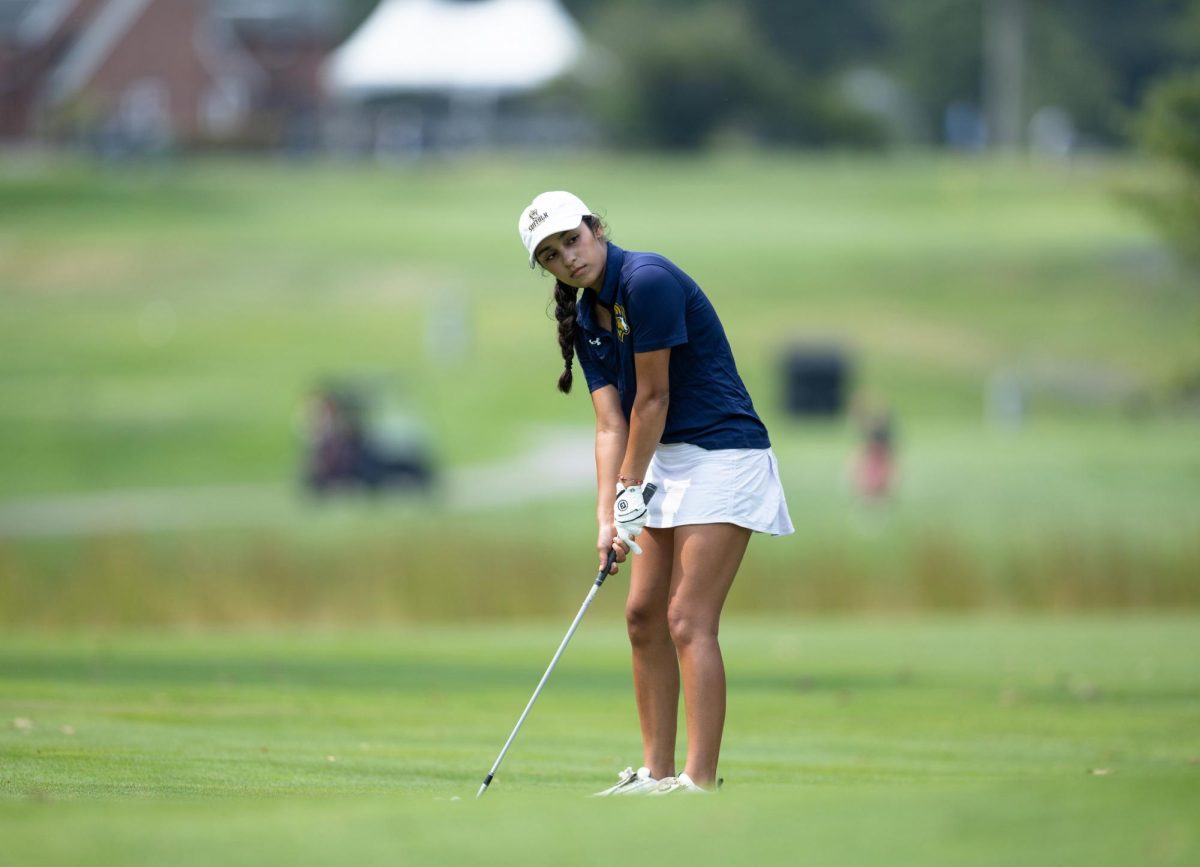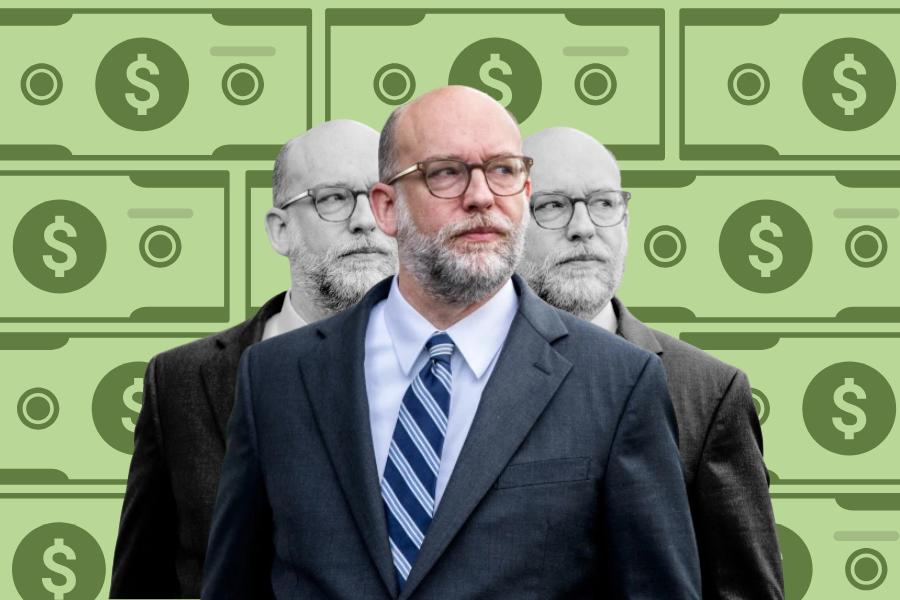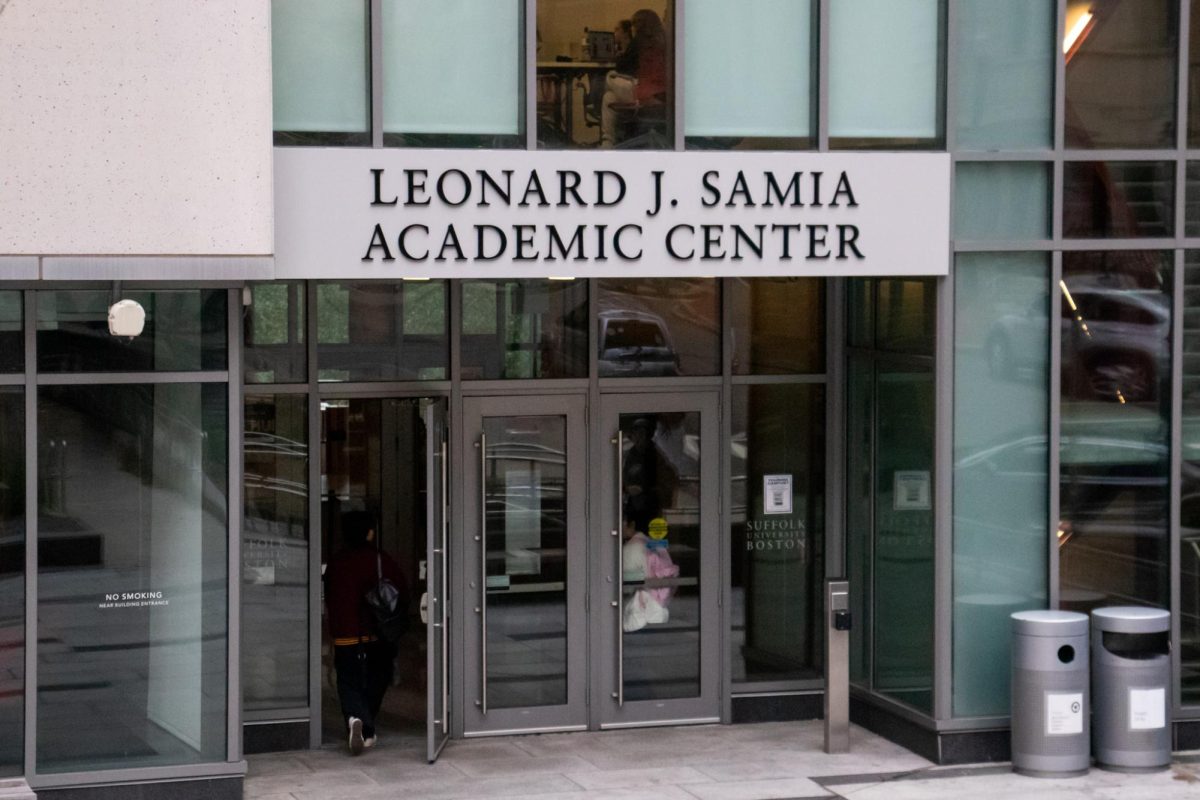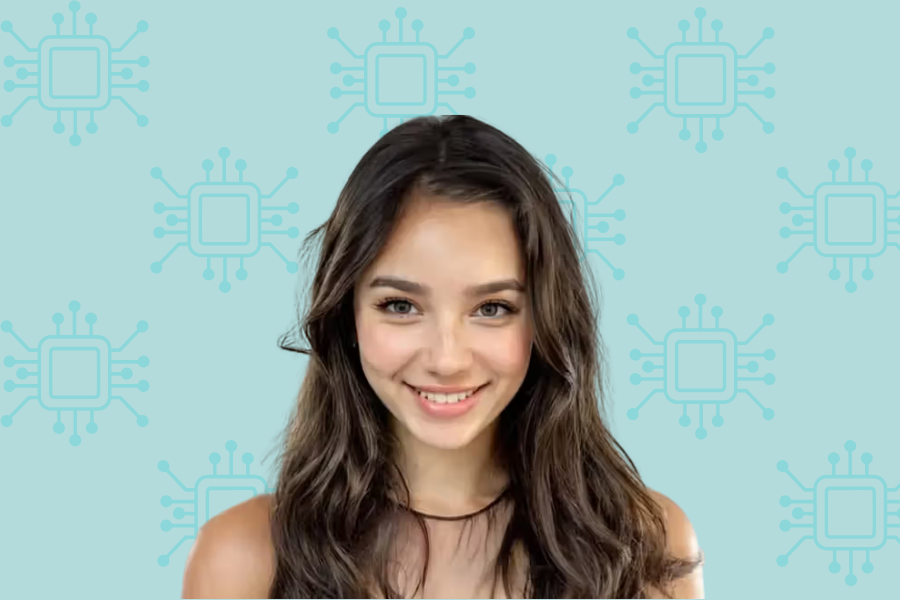Beauty standards in marketing and modeling have been famously controversial for the past 20 years. The idea that skinniness, blond hair and blue eyes should be the standard in marketing for clothing brands has been highly challenged and, in many cases, done away with. However, over the past few months, these issues have come up again in the form of a jeans ad with Sydney Sweeney. Have we actually moved past the idea of unrealistic western focused beauty standards in marketing, or are we still very much in the trenches of this concept?
It is true that in more recent years, many brands have begun to use models with features that wouldn’t be included under the concept of traditional beauty standards. These features are diverse, from models with vitiligo, to plus-sized models, to transgender models, there are many examples of brands veering off into more diverse choices with marketing. This use of unconventional models acts as a selling point for these brands.
These choices seem specific to the people that a brand is advertising to. If a brand was trying to advertise to the general population, chances are that their marketing still uses outdated beauty standards without much diversity. For example, Sweeney’s jean controversy was centered around an advertisement done for American Eagle, a company that markets towards the general population.
The idea that beauty standards becoming diverse only matters if a brand’s audience is diverse may make sense from a marketing standpoint, but it reflects a general commentary on the public’s opinion of diversity: Diversity only matters for diverse populations. Of course a brand who markets to the majority will use models that are the most appealing to that majority; that’s unsurprising.
Diverse populations are not necessarily appealing to the general public in the same way that women like Sweeney are. However, when modeling products for diverse populations, such as plus sized clothing lines, binders for trans men and pride merch, it’s much more likely to see all kinds of people included as models.
This acts as a commentary on the idea that diverse people like diverse representation and value it, even if the models don’t look exactly like them. The majority of people in the general population won’t be the targets of companies using diverse models, which tells us that people who are not minorities don’t necessarily appreciate diversity in advertising in the same way that minorities do. The increase in diverse representations of beauty are targeted towards people who will appreciate it, therefore increasing a company’s sales.
The market tells us honest things about our society that we don’t necessarily want to know. The lack of diversity in modern advertising to the general population tells us that the general population does not see diversity in beauty standards as beneficial enough to impact their buying habits. In fact, it might even tell us that many people don’t see diverse beauty standards as beautiful at all, although many people wouldn’t admit that.
This is likely the reason that we are seeing diversity in advertising targeted only to those who appreciate it, while returning to a more traditional form of beauty standards in advertising to the general population. Some may argue that this is a claim that diverse beauty isn’t beautiful, but it seems to point to something else. Old beauty standards are far more entrenched in the minds of the public that it can not be solved with marketing that is attempting to be diverse for the sake of being diverse.
In order to truly appreciate the beauty of everyone, it takes being involved with those communities and seeing the beauty in them for oneself. This is often the reason why diverse advertising works better with minorities, even if the model is not diverse in the same way as the audience. Diverse people can see beauty in more forms because they have opened their eyes to it. The general population needs more than surface level marketing to break through their block of diversity in beauty. One way for this to work is for more diverse influencers to take prominent positions in communities, allowing for the general population to appreciate diversity as something that can absolutely be beautiful.
Unfortunately, a big part of the reason that the majority of people don’t accept diversity in beauty standards, is that for a long time beauty was almost completely unattainable. This made the general population believe that every day people, including themselves, could not be beautiful.
These ideas have existed for so long that they are deeply ingrained in a majority of people. There is no concrete way to solve this besides a push for more meaningful representations of beauty that go past the simple facets of how a person looks.


